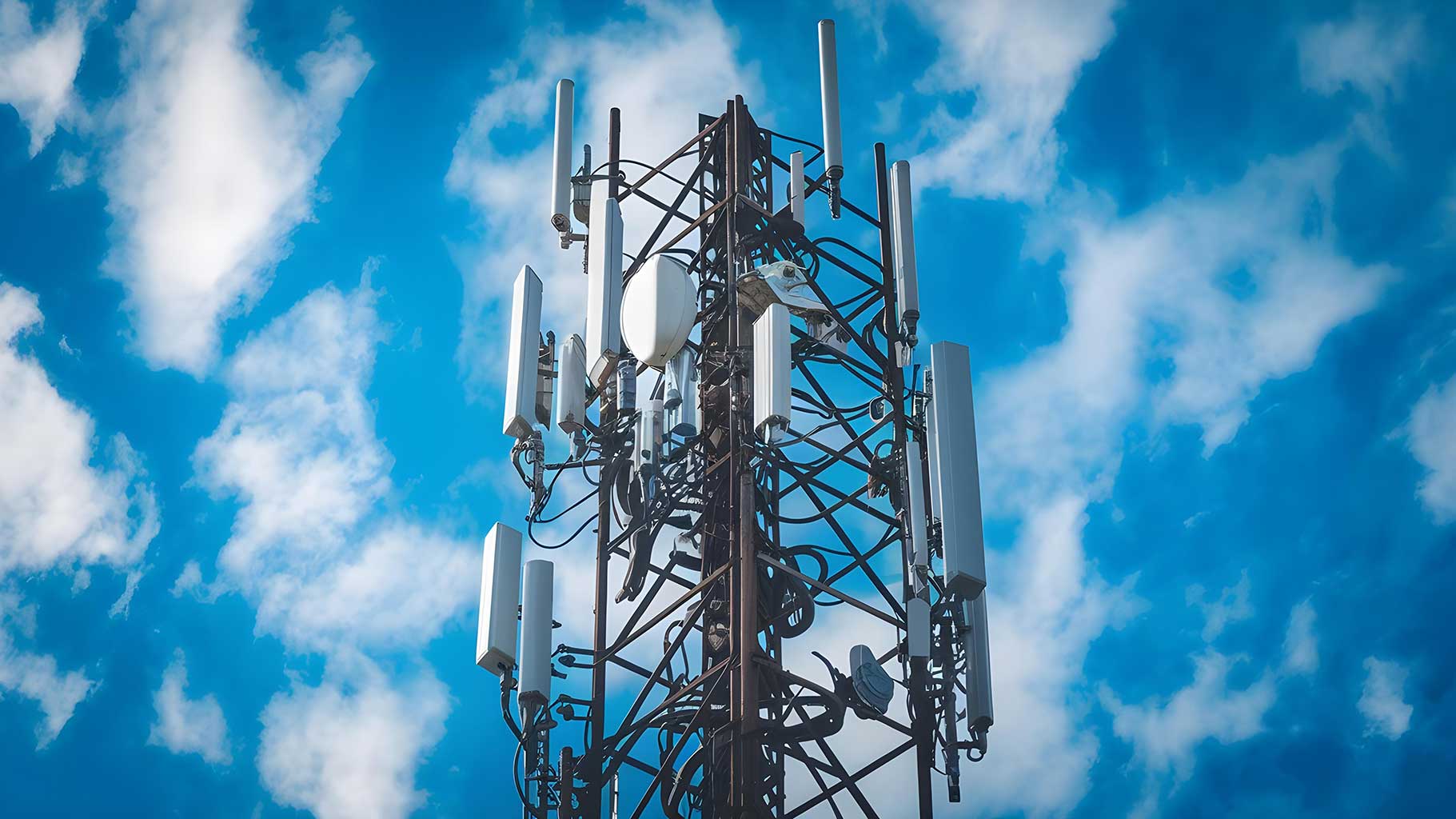Modernizing the Grid with 5G Technology for a Safer and More Reliable Future
Modernizing the Grid with 5G: SCE and Nokia Drive California’s Clean Energy Future

As California works towards its carbon neutrality goal for 2045, Southern California Edison (SCE) and Nokia have unveiled the electric industry’s first private 5G Field Area Network (FAN). This innovative network technology is designed to make the power grid safer, more reliable, and fully adaptable to California’s ambitious climate targets.
5G Field Area Network: Revolutionizing Grid Communication
The 5G FAN enables seamless communication between equipment, power lines, and substations, revolutionizing how the grid operates. SCE’s modernization efforts incorporate this secure, scalable 5G technology to ensure more efficient grid management. With remote monitoring capabilities, the FAN system reduces the need for physical interventions, allowing crews to quickly identify faults and optimize grid performance in real time.
Driving California’s Carbon-Neutral Vision
Investing in 5G technology strengthens California’s strategy to cut greenhouse gas emissions by 40% by 2030. The FAN not only supports integrating renewable energy sources but also bolsters the grid’s resilience and reliability, paving the way for a cleaner energy future in California.
The SCE and Nokia collaboration represents a leap forward in energy management innovation, setting a new global standard for efficiency in the utility sector.
Most Asked Question in the FAQ
4G LTE Cat-1bis modules are a type of wireless communication module designed for the LTE (Long-Term Evolution) network. They are an enhancement of the original Category 1 (Cat-1) LTE modules and offer some specific features and improvements. Here are the key aspects of 4G LTE Cat-1bis modules:
- Enhanced Data Rates: While standard Cat-1 modules support data rates up to 10 Mbps for download and 5 Mbps for upload, Cat-1bis modules are designed to provide improved data rates. The exact speeds can vary, but they are generally higher than the basic Cat-1 specifications.
- Power Efficiency: Cat-1bis modules are designed to be more power-efficient compared to their predecessors. This makes them suitable for IoT devices that require a balance between moderate data rate requirements and long battery life.
- Lower Complexity: These modules are less complex than higher category LTE modules (such as Cat-4 or Cat-6), which makes them a cost-effective solution for applications that do not require very high data rates.
- Applications: 4G LTE Cat-1bis modules are ideal for a range of IoT and M2M (Machine to Machine) applications that require better connectivity than 2G or 3G but do not necessarily need the high speeds offered by more advanced LTE categories. These include telematics, smart metering, security systems, remote monitoring, and other IoT applications.
- Backward Compatibility: Like other LTE technologies, Cat-1bis modules are typically backward compatible with existing 2G and 3G networks, ensuring connectivity even in areas where 4G coverage is not available.
- VoLTE Support: Some Cat-1bis modules support Voice over LTE (VoLTE), which can be a critical feature for certain applications that require voice communication capabilities.
In summary, 4G LTE Cat-1bis modules provide a balanced solution for IoT and M2M applications, offering enhanced data rates and power efficiency compared to standard Cat-1 LTE modules, without the complexity and cost of higher category LTE technologies.



































































